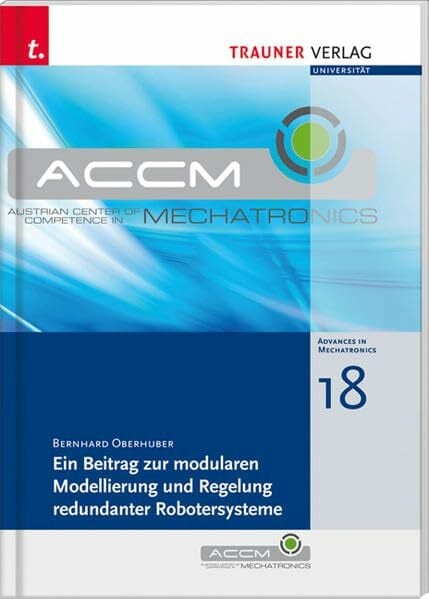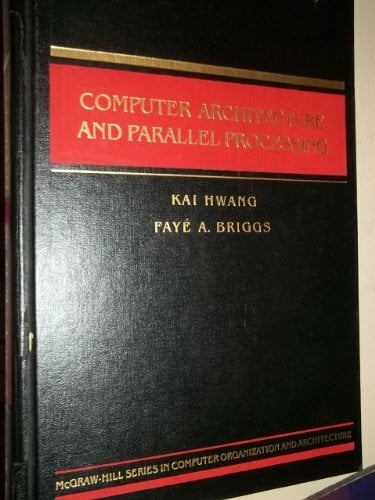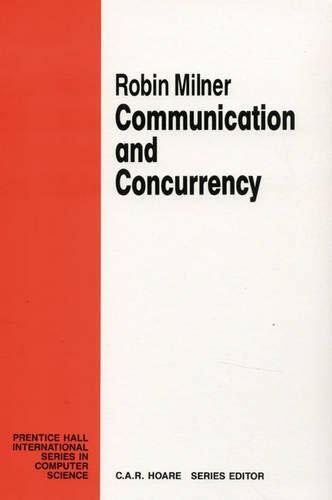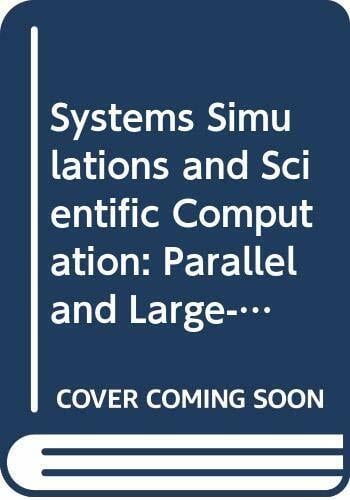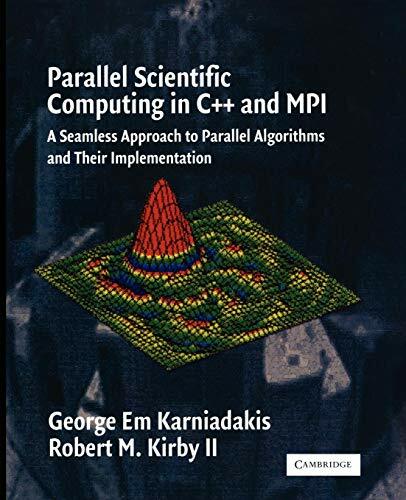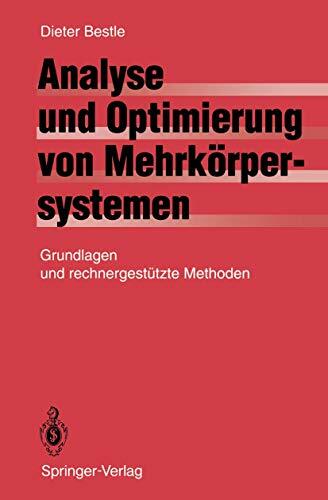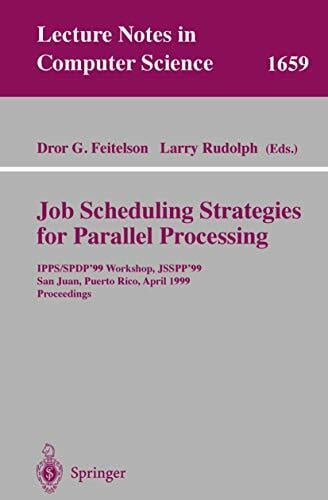
Dynamics of Parallel Robots
Kurzinformation
inkl. MwSt. Versandinformationen
Artikel zZt. nicht lieferbar
Artikel zZt. nicht lieferbar

Beschreibung
This book establishes recursive relations concerning kinematics and dynamics of constrained robotic systems. It uses matrix modeling to determine the connectivity conditions on the relative velocities and accelerations in order to compare two efficient energetic ways in dynamics modeling: the principle of virtual work, and the formalism of Lagrange's equations. First, a brief fundamental theory is presented on matrix mechanics of the rigid body, which is then developed in the following five chapters treating matrix kinematics of the rigid body, matrix kinematics of the composed motion, kinetics of the rigid body, dynamics of the rigid body, and analytical mechanics. By using a set of successive mobile frames, the geometrical properties and the kinematics of the vector system of velocities and accelerations for each element of the robot are analysed. The dynamics problem is solved in two energetic ways: using an approach based on the principle of virtual work and applying the formalism of Lagrange's equations of the second kind. These are shown to be useful for real-time control of the robot's evolution. Then the recursive matrix method is applied to the kinematics and dynamics analysis of five distinct case studies: planar parallel manipulators, spatial parallel robots, planetary gear trains, mobile wheeled robots and, finally, two-module hybrid parallel robots. von Staicu, Stefan
Produktdetails

So garantieren wir Dir zu jeder Zeit Premiumqualität.
Über den Autor

- hardcover
- 343 Seiten
- Erschienen 2017
- Cambridge University Press

- hardcover
- 700 Seiten
- Erschienen 2012
- Cambridge University Press

- hardcover
- 414 Seiten
- Erschienen 1987
- McGraw-Hill Inc.,US

- Kartoniert
- 780 Seiten
- Erschienen 2017
- Springer
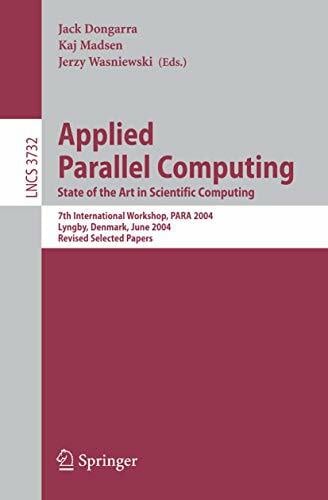
- Kartoniert
- 1174 Seiten
- Erschienen 2006
- Springer

- paperback
- 502 Seiten
- Erschienen 2017
- Taylor & Francis Inc

- paperback
- 608 Seiten
- Erschienen 2010
- Apress

- hardcover
- 805 Seiten
- Erschienen 1992
- Longman








